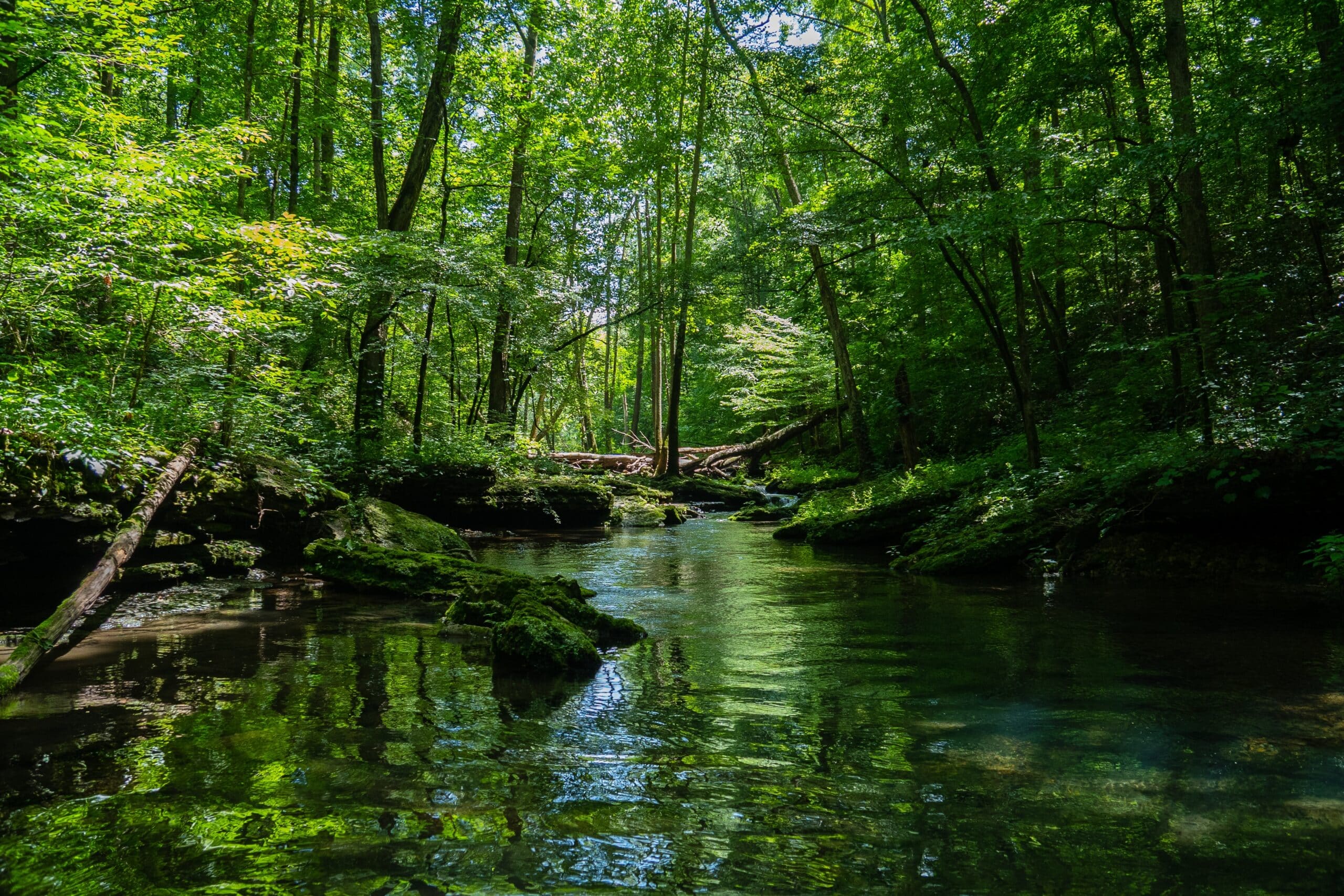Why Investing in Protected Areas Is Essential for a Sustainable Future
The planet we call home is currently facing numerous challenges, from climate change to biodiversity loss, that are pushing ecosystems to their limits. As a result, many of the world’s natural wonders, including iconic animals such as elephants and tigers, are under threat of extinction. But, investing in protected areas can help mitigate these risks and safeguard the natural wonders of our world for future generations.
The Importance of Protected Areas
Protected areas are areas of land or sea that are managed to protect ecosystems, wildlife, and cultural resources from human activities. These areas serve as a vital tool in managing biodiversity by preserving ecological processes, ecosystems, and species that may be under threat. The main goal of a protected area is to conserve natural and cultural heritage while providing opportunities for environmental education, scientific research, and recreation.
Protected areas come in many different forms, ranging from national parks and nature reserves to game reserves, wilderness areas, and marine protected areas. These areas are often created by governments and other organizations that recognize the importance of preserving our planet’s natural wonders for future generations.
The Benefits of Investing in Protected Areas
Investing in protected areas can lead to numerous benefits for both people and the planet. Here are some of the most important benefits:
Conserving Biodiversity
Protected areas help conserve biodiversity by preserving habitats and protecting endangered species. These areas provide safe havens for vulnerable plant and animal species, ensuring that their populations can thrive without being threatened by human activities such as habitat destruction and hunting.
Preserving Ecosystem Services
Protected areas often provide key ecosystem services, such as clean water and air, that are essential for human well-being. These areas also help maintain soil fertility, reduce erosion, and regulate climate at local and regional scales.
Boosting Economic Development
Protected areas can also contribute to economic development through various activities such as ecotourism, sustainable agriculture, and biodiversity research. These activities generate jobs, expand markets, and enhance local economies, providing incentives for communities to support conservation efforts.
Combating Climate Change
Protected areas play an important role in combatting climate change by storing carbon and reducing greenhouse gas emissions. Forests, for example, absorb and store carbon in their biomass and soil, helping to mitigate climate change by reducing the amount of carbon dioxide in the atmosphere.
Challenges Facing Protected Areas
While protected areas are critical for conservation efforts, they face numerous challenges that threaten their effectiveness. Some of these challenges include:
Insufficient Funding
Protected areas often face inadequate funding, which limits their ability to protect habitats and conserve species effectively. Such lands require a significant amount of resources to maintain and protect, and many governments may not have sufficient funds to do so.
Illegal Poaching and Hunting
Illegal poaching and hunting remain significant threats to the survival of many protected species, despite efforts to combat these activities. Habitats are still being compromised for human benefits, leading to the destruction of protected areas in the long run.
Human Encroachment and Development
Human encroachment and development can also pose a threat to protected areas. The increasing need for land and resources for agriculture, industry, and infrastructure development often places pressure on the limited natural spaces around us.
Innovative Solutions to Protect Our Planet
Preparing for and addressing these challenges requires innovative solutions and collaborations. Here are a few key strategies to help protect the world’s natural wonders:
Public-Private Partnerships (PPPs)
Public-private partnerships (PPPs) are gaining popularity as a means of supporting protected areas. These partnerships see government bodies, conservation organizations, and the private sector collaborating to finance, support, and improve these areas’ effectiveness.
Community-based Conservation
Another strategy is community-based conservation, which involves working with communities living around protected areas to encourage sustainable activities like sustainable agriculture, clean energy and eco-tourism, which can generate revenue and livelihoods while still conserving the natural environment.
Adopting Technology in Wildlife Protection
There is also a need to adopt technology to reduce poaching and wildlife hunting, which is becoming a more significant issue. With unpredictable human behaviours, using technology like drones and intelligent cameras that can capture the activities of illegal poachers can be effective ways of securing the protected areas.
The Bottom Line
As our natural world continues to face numerous challenges, protecting the planet’s natural wonders and the environment at large has never been more important. Investing in protected areas can help safeguard habitats, curb biodiversity loss, and reduce the impact of climate change. The conservation of natural resources also impacts our planet economically, as sustainable tourism activities provide income to local communities and enhance the value of their natural resources. By learning about the benefits and challenges of protected areas and implementing effective solutions, we can protect our planet and enable a sustainable future for generations to come.
